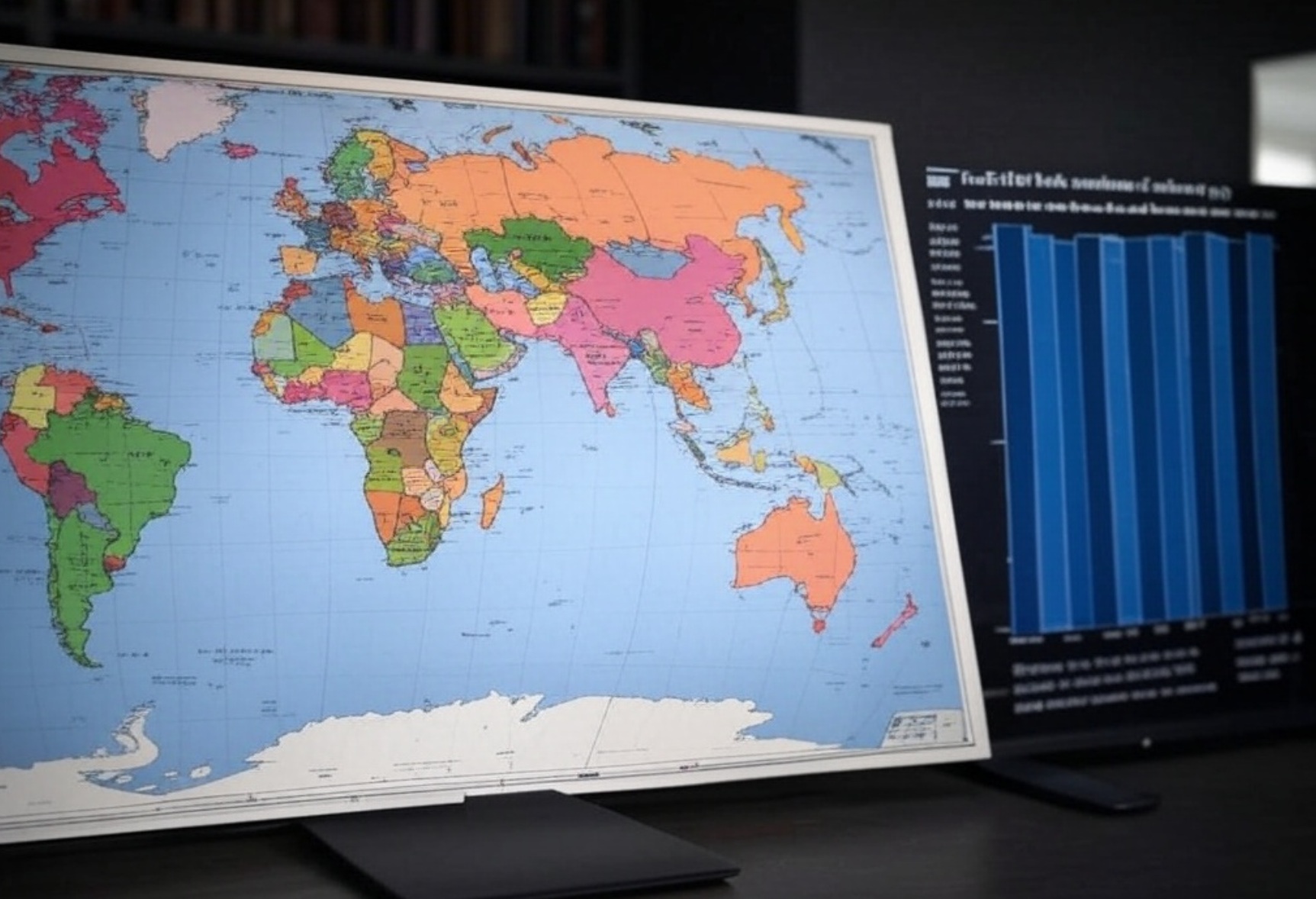
In an increasingly interconnected world, international trade remains a cornerstone of economic growth and diplomacy. However, the taxes—or tariffs—that countries impose on one another can significantly shape these relationships. The United States, as one of the world’s largest economies, is both a major importer and exporter, making its tariff interactions with other nations a topic of keen interest. This article explores the varying levels of tariffs that countries apply to goods entering the U.S. and how these figures reflect broader economic and political dynamics as of April 2025.
The Global Tariff Landscape
Tariffs are taxes levied on imported goods, often used to protect domestic industries, generate revenue, or exert political leverage. The U.S., with its vast consumer market, is a prime target for such measures. However, the tariffs imposed on American goods vary widely depending on the trading partner, their economic priorities, and their diplomatic ties with Washington.
According to recent data, countries like Indonesia apply some of the highest tariffs on U.S. goods, with rates reportedly reaching up to 64%. This steep figure reflects Indonesia’s efforts to shield its domestic manufacturing sector from American competition, particularly in industries like textiles and electronics. In contrast, nations with closer economic ties to the U.S., such as members of the European Union (EU), tend to impose more moderate tariffs, averaging around 20% on American imports. This rate, while significant, is tempered by trade agreements and mutual economic interests.
China, a long-standing trade rival of the U.S., applies tariffs averaging 34% on American goods. This figure has fluctuated in recent years amid ongoing trade disputes, with Beijing using tariffs as a tool to counter U.S. policies and protect its own markets. Japan, another key player in global trade, imposes a slightly lower rate of 24%, balancing its reliance on U.S. agricultural imports with the need to support its domestic industries.
Closer to home, Turkey applies a relatively modest tariff of 10% on U.S. goods. This lower rate may reflect Turkey’s strategic partnership with the U.S., including its NATO membership, as well as its dependence on American technology and military equipment. However, posts on X have suggested that some Turkish commentators believe this rate should be halved to 5%, arguing that the U.S. applies reciprocal tariffs that exceed what fairness might dictate—a claim that underscores the complexity of tariff negotiations.
Reciprocity and U.S. Responses
The U.S. itself is no stranger to imposing tariffs, often in response to those levied by its trading partners. Recent announcements indicate that the U.S. plans to apply a 34% tariff on Chinese goods, 24% on Japanese imports, 20% on EU products, and 10% on Turkish goods. These figures suggest a strategy of mirroring—or at least closely aligning with—the tariffs imposed on American exports, a practice known as reciprocity. For instance, posts on X have highlighted that the U.S. applies a 32% tariff on Indonesian goods, roughly half of what Indonesia imposes, while maintaining a flat 10% rate on countries taxing U.S. goods at 20% or less.
This tit-for-tat approach has sparked debate. Proponents argue it levels the playing field, ensuring American businesses aren’t unfairly disadvantaged. Critics, however, warn that escalating tariffs could raise consumer prices and strain diplomatic relations, particularly with allies like the EU and Japan.
Economic and Political Implications
The tariff rates countries impose on the U.S. reveal much about their economic strategies and geopolitical stances. High-tariff nations like Indonesia and China prioritize self-sufficiency and industrial protection, even at the risk of retaliatory measures. Lower-tariff countries like Turkey and certain EU states, meanwhile, signal a preference for open trade and cooperation—though not without limits.
For the U.S., these tariffs influence everything from the cost of imported raw materials to the competitiveness of its exports. American policymakers must weigh the benefits of retaliatory tariffs against the potential for trade wars, a delicate balance in an era of global economic uncertainty.
Looking Ahead
As of April 3, 2025, the tariff landscape remains fluid. Trade negotiations, political shifts, and economic pressures will continue to shape how much countries tax U.S. goods—and how the U.S. responds in kind. For now, the data paints a picture of a world where trade is both a bridge and a battleground, with tariffs serving as the weapons of choice.
In the coming months, analysts will closely watch whether these rates hold steady or spark new rounds of negotiation. One thing is clear: in the game of global trade, every percentage point tells a story of power, protection, and pragmatism.




